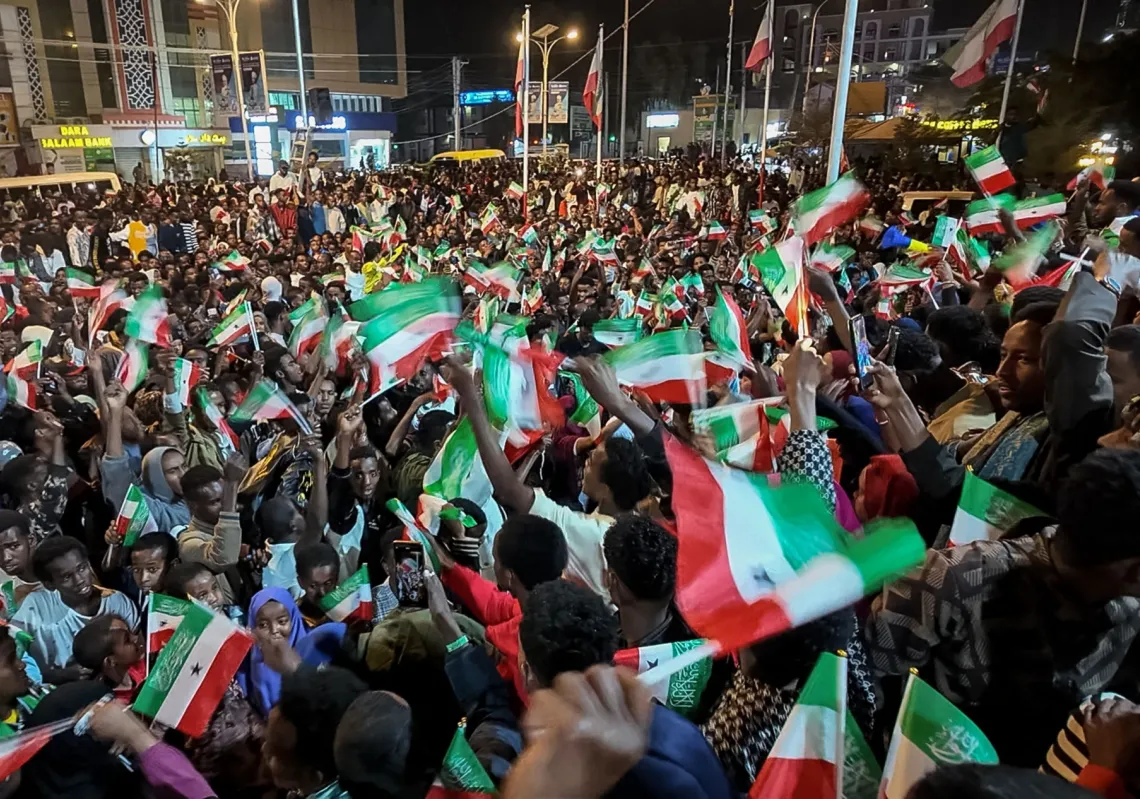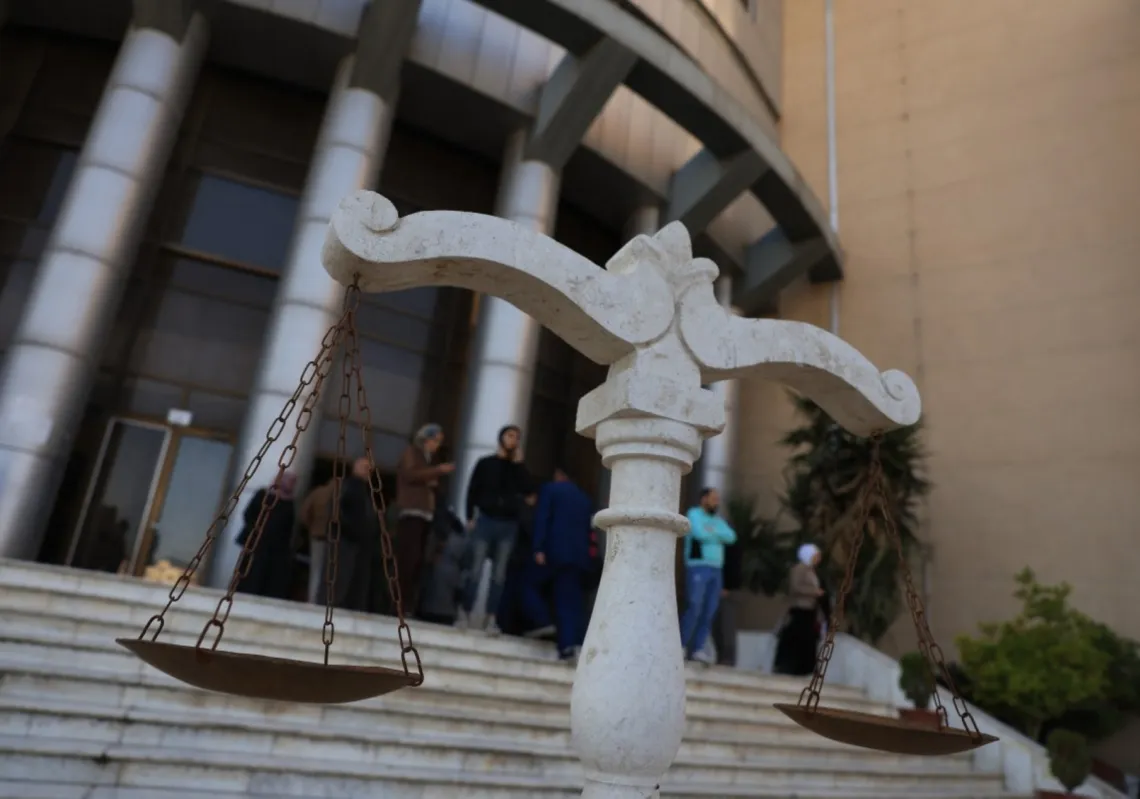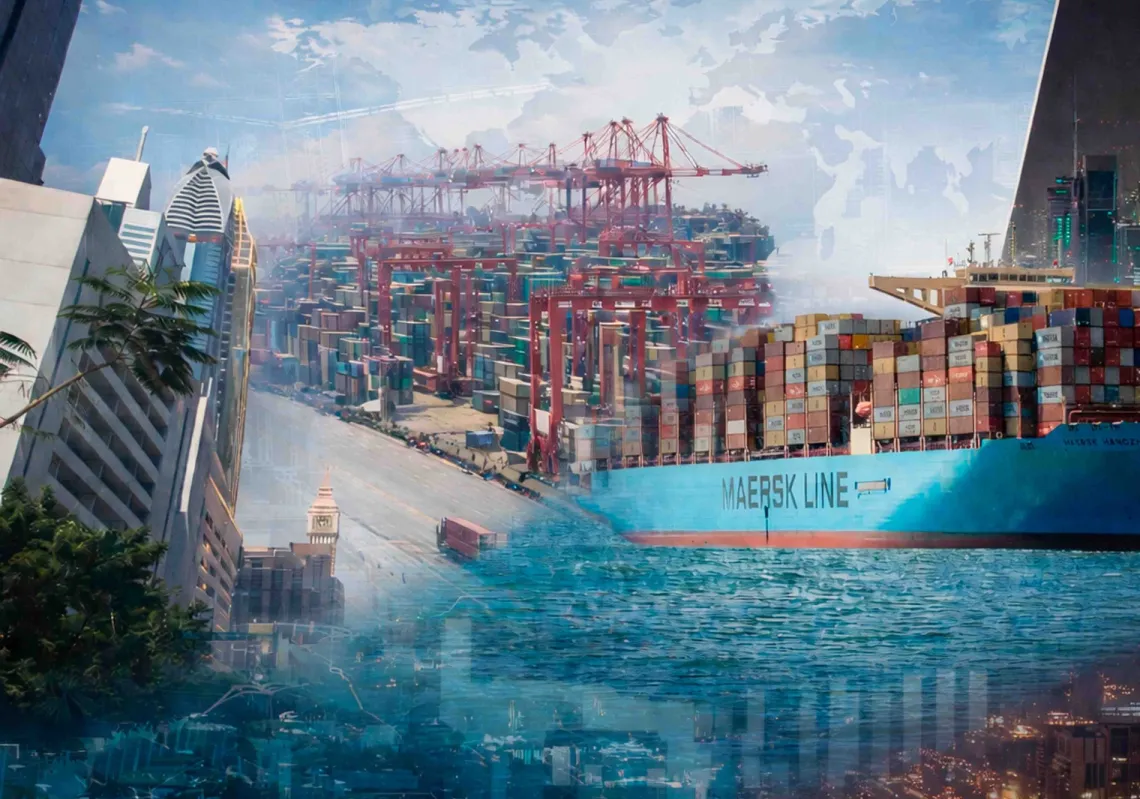Aramco has long been one of the main pillars of Saudi Arabia's economy. The industry it leads transformed the country into a powerhouse for oil production and export and gave it global significance.
Widely seen as the most influential company in world energy markets, it was founded in 1933, when a concession agreement was signed between the Kingdom of Saudi Arabia and the Standard Oil Company of California (SoCal).
The company responsible for implementing the deal was named the Arabian American Oil Company, shortened to Aramco. It was entrusted with extracting and exporting oil and gas throughout Saudi territory.
In 2022, Aramco became the world's second-largest oil company by revenue. For years, it has achieved some of the best financial results in the oil business globally. Industry sources estimate Aramco's proven oil reserves at 270 billion barrels.
From 1973 to 2024, Saudi Arabia's average daily oil production was approximately 8.3 million barrels.
The year 1973 is considered important in the history of the oil economy and energy economics in general after the October War, which prompted many countries to reconsider their relationships with foreign oil companies.

Several producing countries boycotted oil-importing countries for a short time due to the war, leading to a significant price increase after a long period of previous price stability.
First private, then part-public
The state bought Aramco in phases from 1973 when 25% of the company was acquired. Public ownership rose to 60% in 1976 and 100% by 1980.
Since then, the government has become open to selling part of its holding to private investors. In 2021, it launched an initial public offering, or IPO, when 5% of Aramco’s shares were put up for sale, raising $30bn in proceeds.
The IPO provided a way into the oil industry for the Saudi private sector. It brought new capital into this vital part of the national economy, opening up one of the biggest names in the global industry, which has a vital role in management, marketing, business development, and the support of innovative initiatives to diversify its product base.
As signalled by His Royal Highness Prince Mohammed bin Salman, the Saudi Crown Prince of Saudi Arabia and President of the Council of Ministers, more share sales could follow.
Around 8% of the state’s stake was transferred into investment portfolios owned by the Public Investment Fund, the Saudi sovereign wealth fund. That leaves direct state ownership in Aramco at 82.2%.













